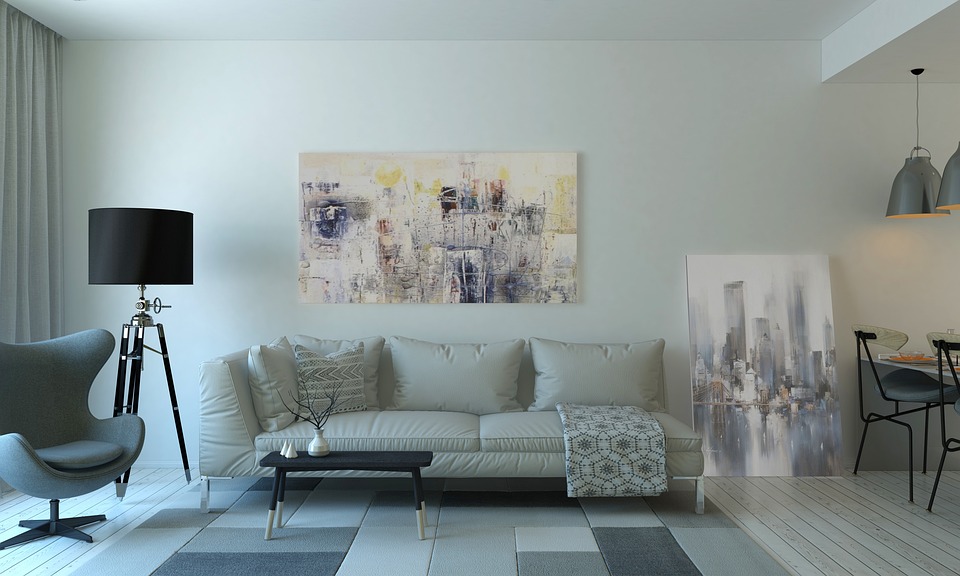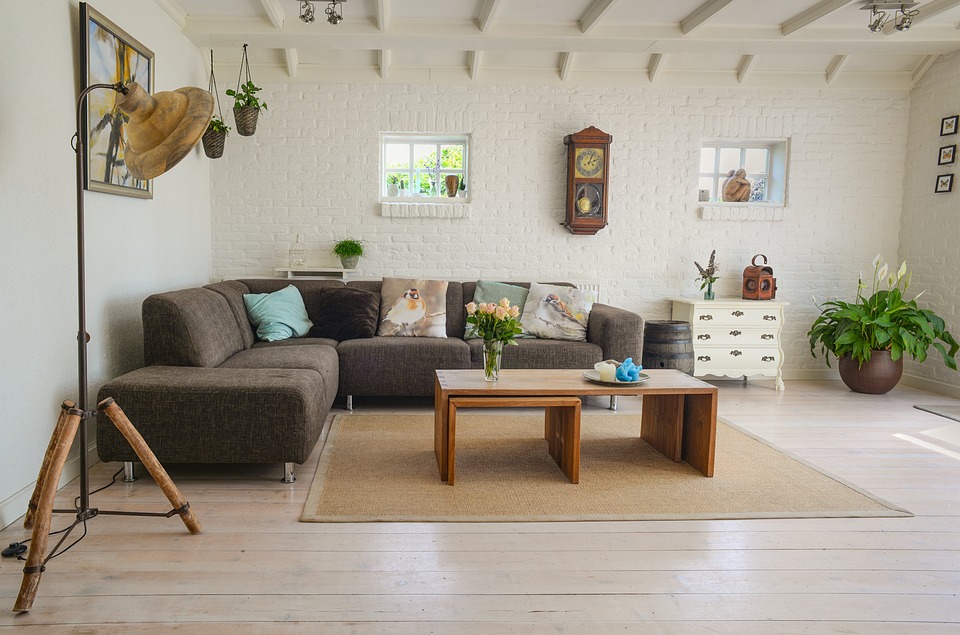The open concept living space has become a hallmark of modern home design, attracting those who value an airy feel, natural light and communal living areas. However, without walls to define spaces, it can be a challenge to create distinct areas for cooking, dining and lounging. Here are some tips for effectively defining spaces in an open concept layout.
1. Establish functional areas
To get started, consider the purpose of each section within the open layout. Identifying functional areas can help with furniture and decor organization. For example:
- Living area: Designate this space for relaxation and socializing.
- Dining room: A place to eat, gather and have fun.
- Varkar: Functional zone for food preparation and cooking.
By clearly identifying these areas, you can begin to visualize how to fill them.
2. Use carpeted areas
Area rugs are one of the most effective tools in defining spaces. They help to visually separate areas and add warmth and texture. When choosing area rugs:
- Make sure they are large enough to fit basic furniture such as sofas or dining tables.
- Choose colours and patterns that complement the overall design while still distinguishing the zones.
3. Incorporate furniture arrangement
How you arrange your furniture plays a significant role in defining the space. Here are some strategies:
- Use the seating arrangement: Create a conversational layout in the living area by placing sofas and chairs around a central coffee table.
- Define dining hall: A distinct dining table, complete with chairs or benches, can help separate this space.
- Use libraries or consoles: Open libraries or console tables can act as subtle dividers without completely enclosing the area.
4. Lighting options
Lighting can dramatically change the atmosphere of an area and help define spaces. Different types of luminaires serve different purposes:
- Overhead lighting: Use pendant lights or chandeliers in the dining room to create a focal point.
- Task lighting: Mountain lamps or table lamps in the living area can create cozy and intimate places.
- Accent Lighting: Use wall sconces or under cabinet lighting in the kitchen to highlight specific areas and make them feel distinct.
5. Incorporate color and texture
The use of color and texture can subtly differentiate spaces without the need for walls. Consider these tips:
- Colour schemes: Choose different but complementary colors for each area. For example, warm tones for the living area and cooler tones for the kitchen can create visual separation.
- Textural contrast: Incorporate a variety of materials such as leather, wood and textiles to add personality to each area. A plush living area paired with an elegant dining table can set it apart.
6. Add architectural features
If you're looking for a more permanent solution, consider architectural features:
- Columns or spokes: These can provide a transitional feel between spaces while maintaining an open feel.
- Partial walls or screens: The use of sliding panels or decorative screens can offer flexibility in defining spaces as required.
- Raised floors: The slight elevation of the dining room can create a natural barrier and help visually separate it from the living room.
7. Personal touches
Finally, personal touches such as artwork, plants and decorative elements can help define and enrich any space. Personalizing each area with meaningful décor creates a cohesive but distinct experience throughout the home.
Conclusion
Navigating an open concept living space can be exciting and challenging. By thoughtfully defining areas through the arrangement of furniture, lighting, colour and personal touches, you can create functional and stylish zones that work together harmoniously. Embrace openness and ensure each area has its own identity, so your home is a true reflection of your lifestyle.
Interior
Source.


